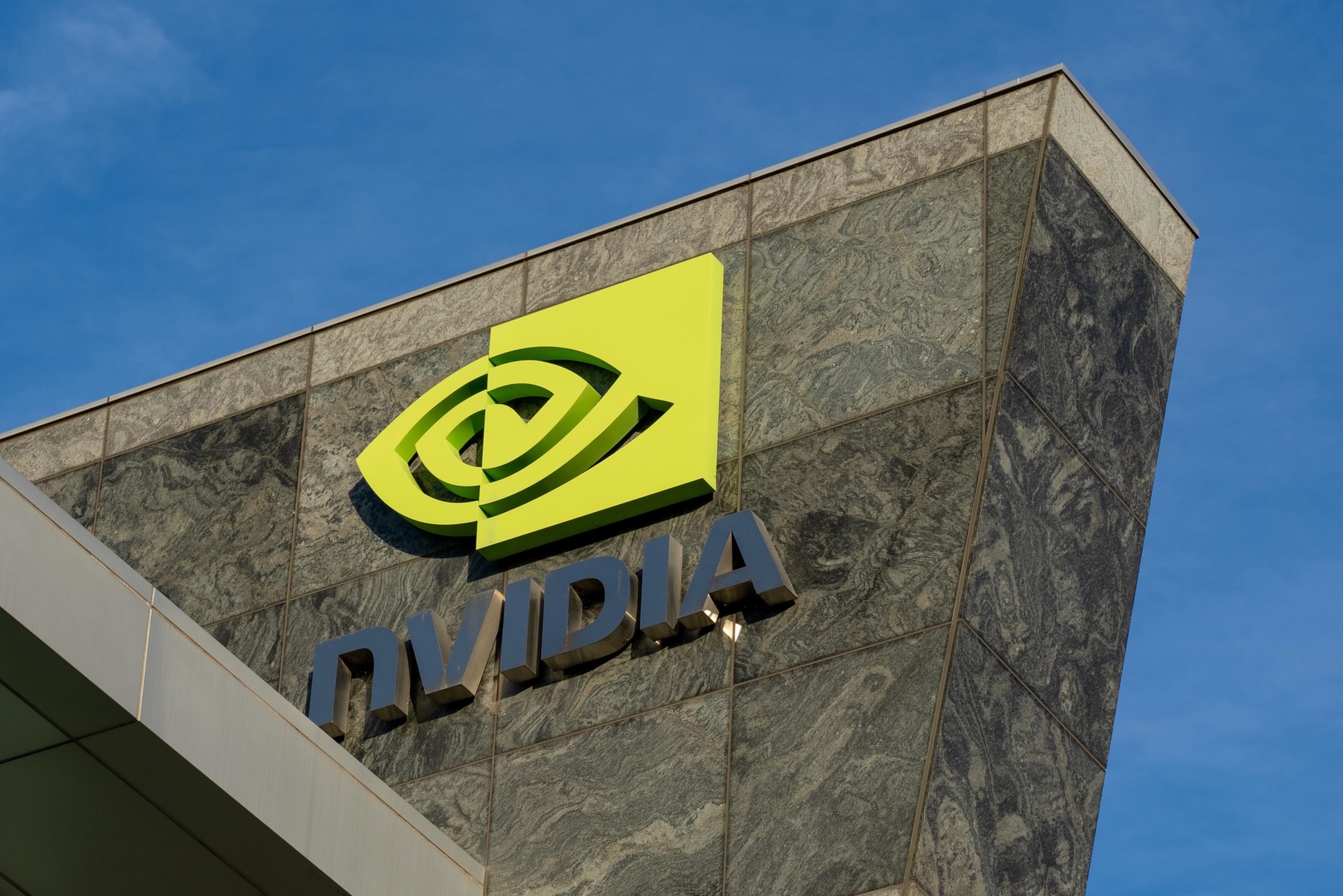CASE PREVIEW
Court considers dispute over disclosure of NVIDIA sales to crypto miners

on Nov 12, 2024 at 2:13 pm

NVIDIA, the world’s most valuable company, sells computer graphics processing chips designed primarily for use in video games, which it sells to manufacturers of game devices. As it happens, NVIDIA’s chips also are useful for mining cryptocurrency, and in 2017 many crypto miners started to buy NVIDIA chips for that purpose. As that use increased, NVIDIA’s chip sales increased. But in 2018, when the price of bitcoin went through a period of sharp decline, reducing the incentive for crypto mining, NVIDIA’s sales declined.
Shareholders responded by filing the proposed class action here, alleging that NVIDIA executives (including CEO Jensen Huang) made false and misleading statements about the extent to which use in crypto mining was propping up NVIDIA’s chip sales. The U.S. Court of Appeals for the 9th Circuit allowed the action to proceed, and the Supreme Court agreed to review the matter.
At issue in the case is the Private Securities Litigation Reform Act, a statute adopted in 1995 to stem securities class actions. Among other things, it establishes a high bar for crafting a successful complaint in such a case. If the case alleges a false or misleading statement, it must not only specify the reasons why each statement is believed to be misleading but also “state with particularity all facts on which that belief is formed.” Moreover, the complaint also must “state with particularity facts” that “giv[e] rise to a strong inference that the defendant acted with the required state of mind.” That “strong inference” standard is notably higher than the normal standard for a complaint.
Under that statute, the shareholders have a hard time showing that Huang spoke falsely when he made statements downplaying the share of NVIDIA chip sales attributable to crypto mining. The shareholders do not have any documents or statements that directly show any reason to think Huang knew what share of sales were made to crypto miners. Rather, they rely on an expert report that estimated the number of crypto-mining processors built during the relevant time, the number of chips that would have been required, and the share of those chips likely to have been sold by NVIDIA. Because the numbers produced by those estimates were inconsistent with Huang’s public statements, the shareholders allege that his statements were false – indeed that he must have known they were false.
NVIDIA ridicules this as a potential theory of the case. The company argues that when the theory of “scienter” (the securities law standard of intent – a Latin term that means something like “with knowledge”) is that internal company documents contradict public statements, the PSLRA’s requirements of particularity mean that the plaintiff has to allege the contents of those internal documents. So in this case, because the shareholders have not made any such allegations – they allege nothing at all about any documents Huang might have seen – they have failed to satisfy their burden.
For similar reasons, NVIDIA contends that the shareholders have not done enough to allege that any of Huang’s statements are false. The complaint offers no direct allegations at all about NVIDIA chip sales or the share made to crypto miners; rather, it offers only the generalized estimations of its expert witness based on the size of the crypto market and NVIDIA’s likely share of it. That kind of “generic market research,” NVIDIA argues, cannot make out a case of falsity “with particularity.”
In the Supreme Court, the shareholders back away from exclusive reliance on the expert report. Instead, they point to a variety of evidence suggesting that various employees at NVIDIA tracked the rise of crypto mining and that NVIDIA executives were paying attention to that information. Because existing Supreme Court cases about the PSLRA call for a “holistic inquiry” that assesses the information in context, they argue that the justices should reject the “bright line” rule the shareholders see in NVIDIA’s argument, which would require plaintiffs to produce the “smoking gun” internal document when they file their complaint.
For its part, NVIDIA responds forcefully that – contrary to what the shareholders allege in the Supreme Court – the lower court decision validates the fraud allegations as resting entirely on the failure of Huang to make statements about crypto mining sales that match the findings of the plaintiff’s expert.
As with last week’s argument in Facebook v. Amalgamated Bank, the shareholders here surely will face some skeptical questioning from justices who will think that the complaint in this case is precisely the kind of thing that the PSLRA was designed to squelch. When they say that the rule NVIDIA proposes makes this kind of case basically impossible – because of the difficulty in obtaining confidential and compromising corporate documents to support a complaint – those justices are as likely as not to agree, and respond that the PSLRA was designed for exactly that result.


